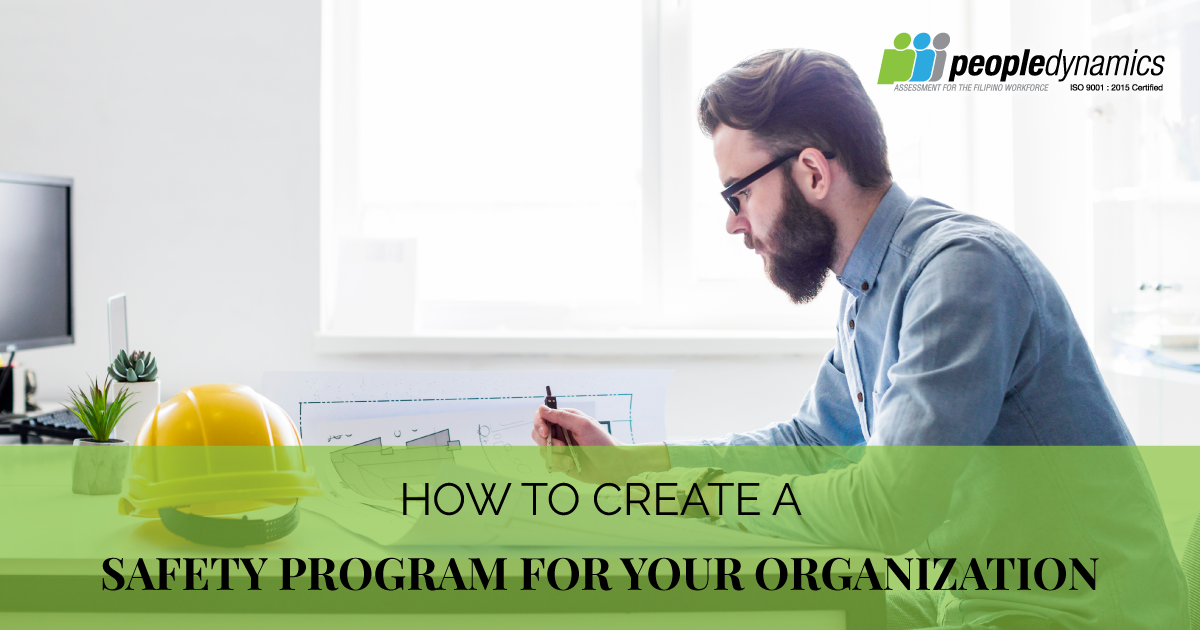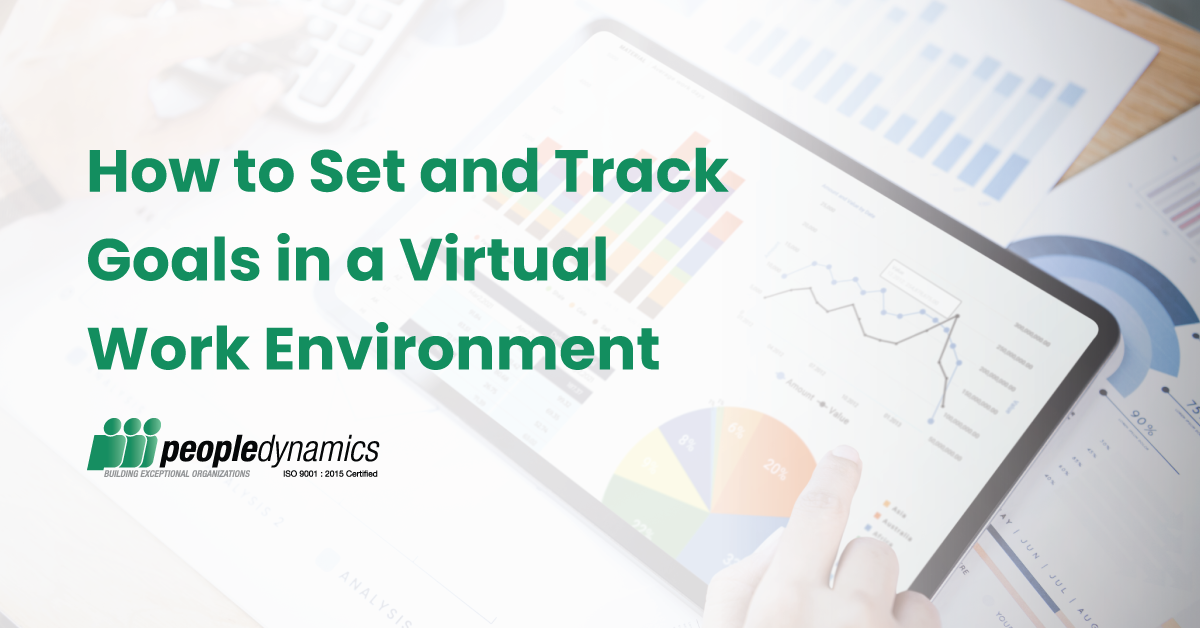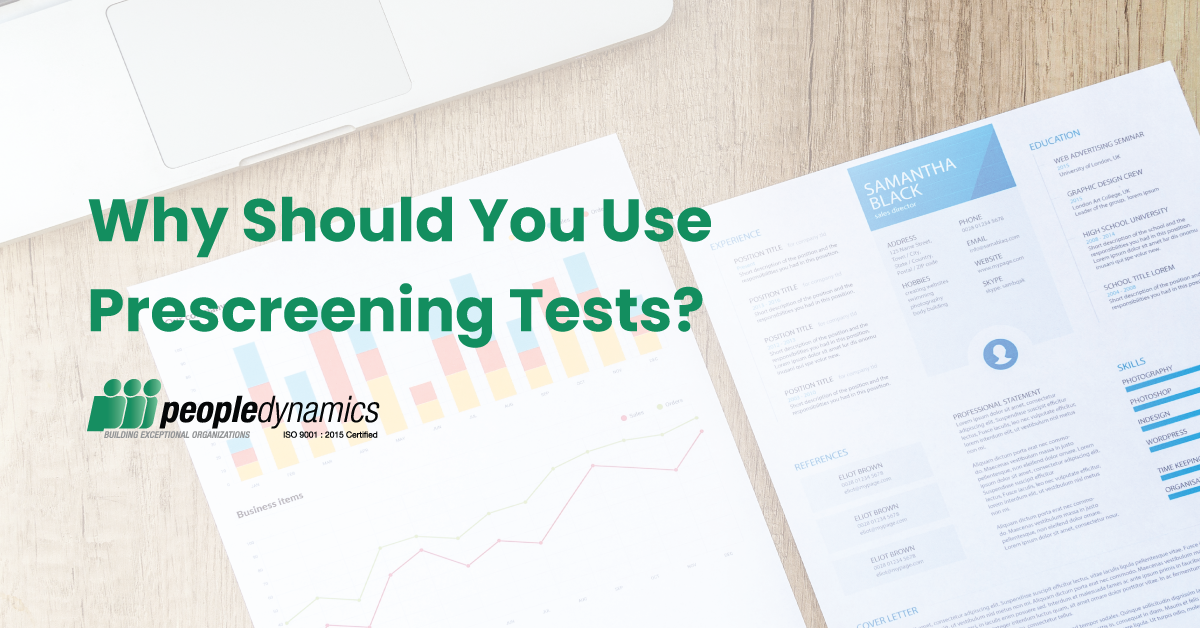The Philippines is a country that is within the Pacific Ring of Fire. This means that active volcanoes and earthquakes are frequently experienced. And these earthquakes’ damages can be seen on various infrastructures having cracks or crumbling. Natural calamities are inevitable. It can happen any time and anywhere. What will you do if it happens at work? Do you have a safety program for your organization?
The Occupational Safety and Health Standards in the Philippines
Last August 2018, Pres. Rodrigo Duterte signed the Republic Act (R.A.) 11058, an act strengthening compliance with occupational safety and health standards. This law applies to all establishments, projects, sites, including Philippine Economic Zone Authority (PEZA) establishments, and all other places where work is being undertaken in all branches of economic activity, except in the public sector.
Under this law, employers are:
- compelled to ensure that the place of employment is safe for workers;
- required to give complete job safety instructions or orientation to all workers, especially to first-timers; and,
- inform workers of the hazards and risks associated with their work.
At the same time, workers are required to observe instructions and report to their supervisor or employer any possible work hazard in the workplace.
This law also gives the right to workers to refuse to work should the Department of Labor and Employment (DOLE) determine that imminent danger exists that may result in injury, illness, or death. The law also states penalties for violations.
Creating a safety program for your organization
Because of the importance of occupational safety and health, it’s important that you have a safety program for your organization. Having this also means that you’re complying with the law. Here are some things you need to consider when creating a safety program:
Ensure commitment
Your first step when creating a safety program is to ensure your organization’s commitment to workplace safety. Workplace safety should be high on your executives’ list. With this, you can make planning, developing, and implementing safety programs easier for your company.
Identify hazards and risks
Next is to identify the possible hazards and risks for your employees. List down all the hazards that may happen, along with the risks that come with those hazards. Your goal is to prepare for all hazards and eliminate as many risks as possible. If you can’t eliminate the risk, then identify how you should minimize it.
Some things you can do to identify these are to inspect your workplace and talk to your employees. You could also conduct a comprehensive workplace survey and risk assessment.
Develop programs and processes and put it in writing
After identifying hazards and risks, it’s time to develop programs and processes that will explain how your employees should act when these hazards and risks happen. These programs and processes should cover things to do should a situation occur, before, during, and after.
Once you’ve developed the program, make it official, and put it in writing. Compile all your processes in one safety manual. And then cascade this manual to your employees.
Educate your employees
What is the use of a safety program that only you know? The contents of your safety program should be cascaded to all your employees. While you may be the employer and is responsible for your employees, your employees are also responsible for themselves. They have to know what they need to do during circumstances that may risk their safety. For example, when a fire happens, your employees should also know where they can get fire extinguishers or where they need to go to evacuate.
Continuously improve
Your safety program is not for eternity. You should always look for ways to improve it. Hazards and risks change, and so does your organization, that’s why your safety program should also change with it. That way, you’ll stay prepared for anything that might happen.
People are the greatest asset of any organization. That’s why it’s important for you, the employer, to make sure that they stay safe when they’re working for you.




